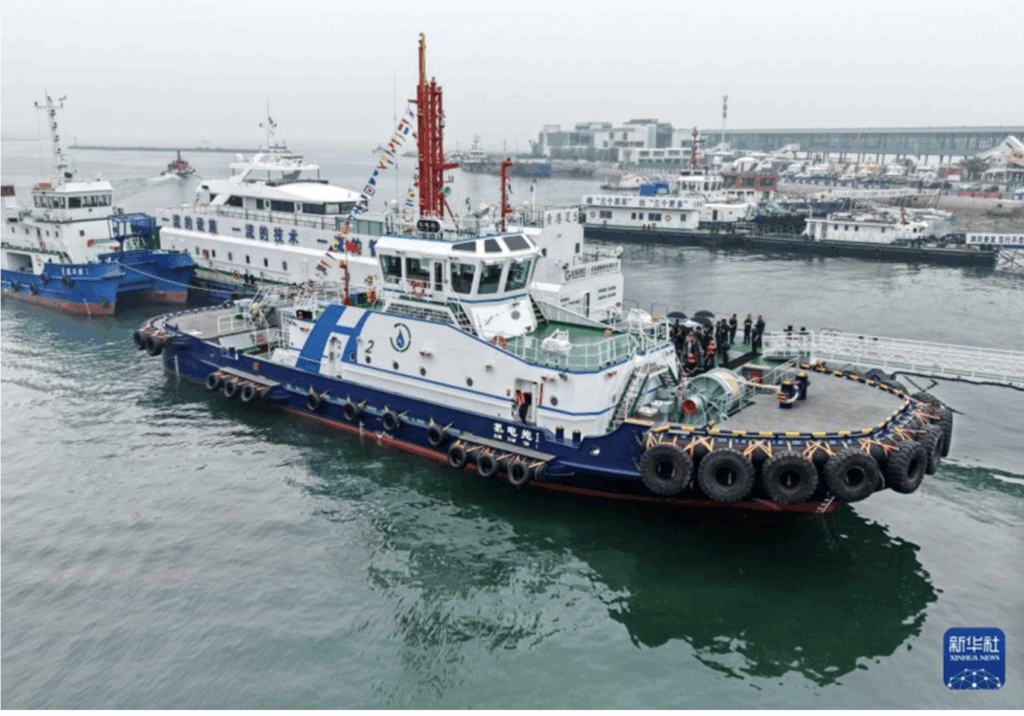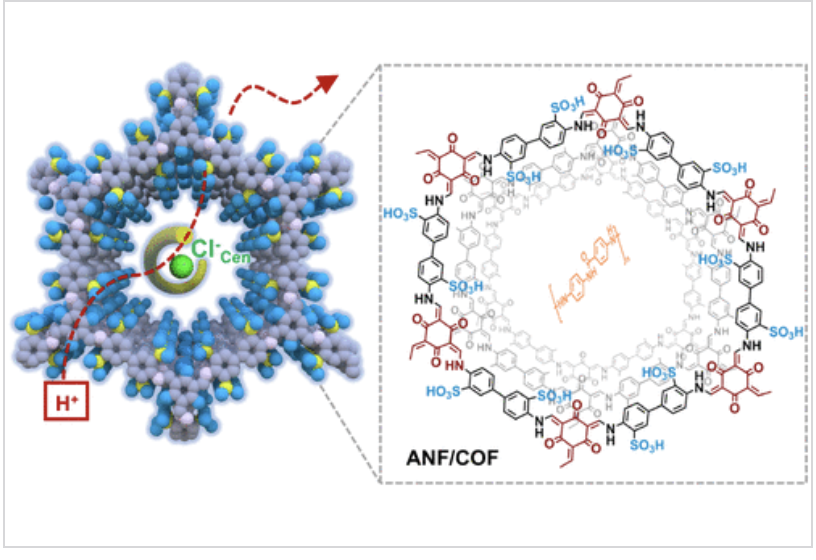http://english.qibebt.cas.cn/ne/ns/202310/t20231027_397294.html
On Oct. 27, 2024, Prof. Juergen Popp Speaks, director of the Leibniz Institute of Photonic Technology and chair for Physical Chemistry at Friedrich-Schiller University, gave a talk at QIBEBT Distinguished Expert Forum and Visits Single-Cell Center on “Translational Biophotonics – Raman spectroscopy and AI a game changer !?” Popp elucidated the innovative technologies and potential applications of Raman spectroscopy in biophotonics, particularly its extensive use in clinical diagnostics. He emphasized the potential of multimodal methods combining Raman spectroscopy with other spectroscopic/optical technologies and how Raman can address today’s medical challenges, such as early cancer diagnosis and personalized treatments.
The visit was part of the Sino-German Scientific Partnership Program funded by the National Natural Science Foundation of China.





